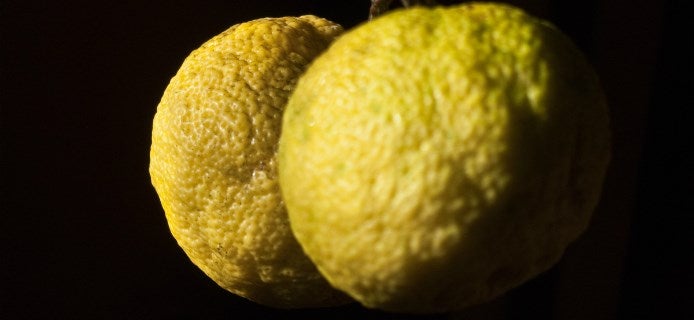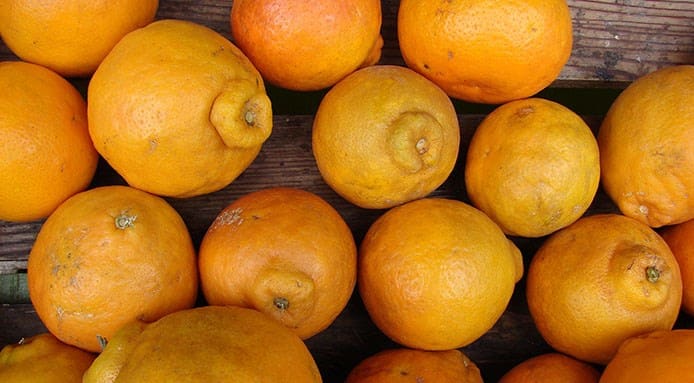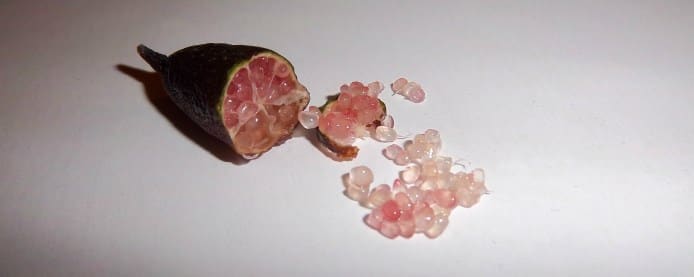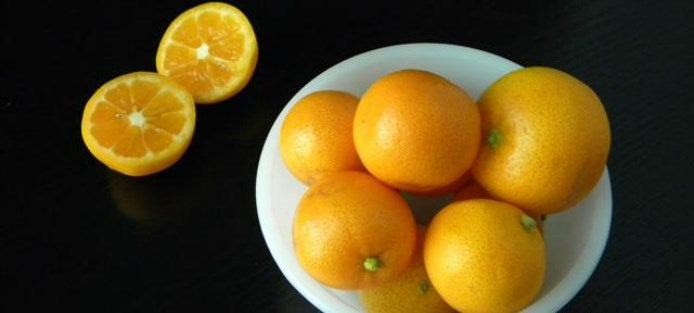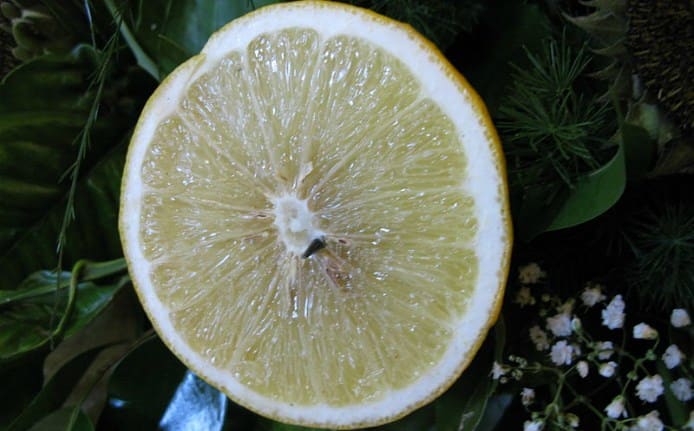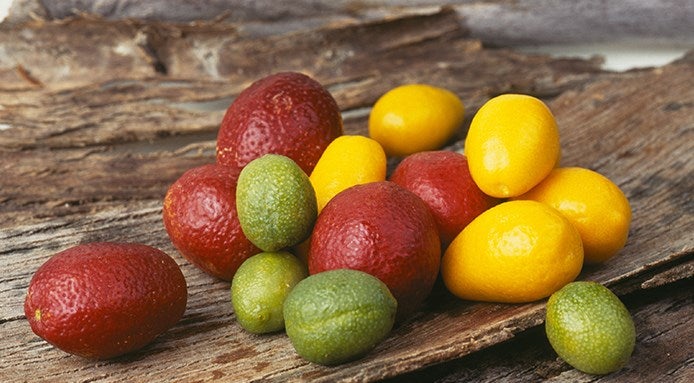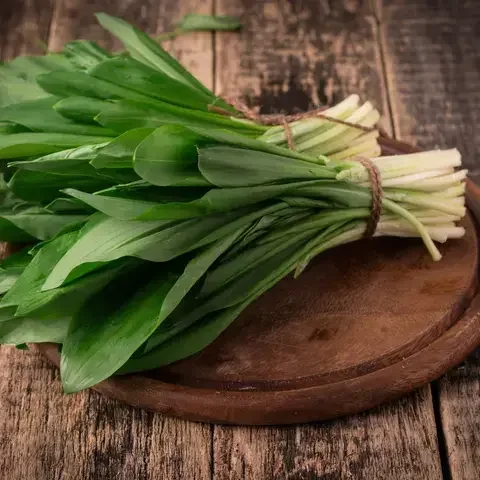When it comes to citrus, how adventurous are you? Do you play it safe with oranges and lemons or have you tapped into a whole tangy new world of unusual citrus fruits?
We've lined up ten unusual citrus fruits that are becoming popular with chefs, or you might find them popping up in your local supermarkets or menus wondering what they are.
Here they are in no particular order, from the weird and wonderful looking buddha's hand to Rene Redzepi's new favourite ingredient, the Australian finger lime.
Let us know if you have any favourites missing from the list.



